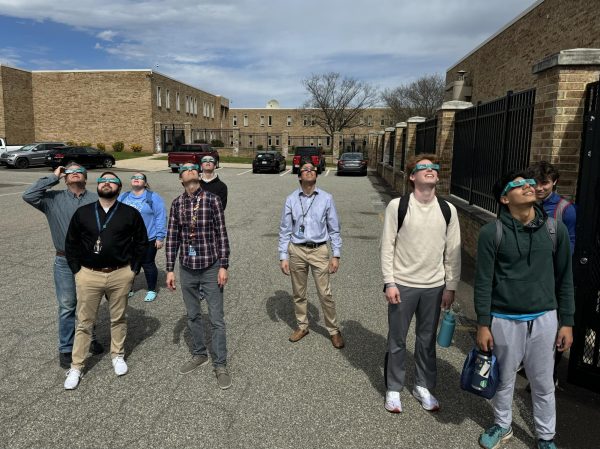Trust the process: treating PTSD
It’s been misunderstood, ignored, and stigmatized, but we can change that. Here are the facts on post-traumatic stress disorder.
Whatever your age, whatever your demographic, mental health is a priority – period.
TOWAMENCIN – 7% of Americans will grapple with post-traumatic stress disorder at some point in their lives. Roughly the same percentage believes that chocolate milk comes from brown cows. You’ve probably heard a friend spout this bizarre theory at some point in your life, right? Well, then, there’s an equal chance you’ve met someone with PTSD.
The disease isn’t, and many are led to believe, exclusive to military personnel and first responders. It’s also worth noting that common symptoms (including social isolation, anxiety, and flashbacks) can appear months or even years after a trauma.
“One of the things that I’ve always felt that the media got wrong or maybe the public didn’t know as much about is that PTSD is not unique to veterans. . . people don’t realize that in fact, out of all the types of traumas that a person can go through in their life. . . the one type of trauma that has the highest likelihood of leading to PTSD. . . [is] sexual assault,” said Dr. Jeremy Tyler, a clinical psychologist at the University of Pennsylvania who specializes in the treatment of PTSD. “In this kind of #metoo era, when we’re talking about inappropriate actions towards victims of sexual assault, we’ve got to talk about PTSD,” he finished.
Another common thread woven throughout historical misconceptions is that sufferers of the disease are “forever damaged,” victims of an unfortunate mental circumstance beyond reversal.
“That’s just not the right language. The right language is to think about it as, ‘it’s a recovery process.’ People go through traumas and they recover from them. . . it is a process and it is absolutely achievable, and lots of people get better from this and live very normal lives,” Tyler explained. People go through traumas and they recover from them. . . it is a process and it is absolutely achievable, and lots of people get better from this and live very normal lives — Dr. Jeremy Tyler, Psy.D
One of the most common and effective ways to treat PTSD is Prolonged Exposure Therapy (PET), in which Tyler is an expert. The process primarily utilizes aspects of talk therapy to help patients process and understand their traumas, gradually returning to a less stressful mental state.
“[There are] anywhere from 10-15 sessions weekly, typically 90 minute sessions. . . we ask the patient to [describe] their past memories of the trauma and retell them repeatedly in session, and then listen to that practice outside of session. We also then ask them to confront situations in which they are, at that time, currently finding anxiety-provoking and typically fear are dangerous, but are in fact actually safe,” Tyler described.
Tyler maintains that while many patients are reluctant to talk about painful experiences, as they fear it will ‘make it worse,’ the opposite is almost always true. “[PET] has been shown to be pretty effective all around, to be quite honest,” he added, citing multiple small- and large-scale studies. “If you have PTSD, or even a trauma-related disorder, PET should be something that’s on the table.”
In the realm of public policy, Tyler believes in the continued investment of money and resources into the diagnosis, research, and treatment of PTSD. “Making it a priority,” he says, is the way to ensure that that much-needed mental health resources are available to those who need them, and to promote compassion and understanding within the public.
Tyler advises people on the brink of seeking therapy to “start with making a first appointment. Therapists are not going to make you do anything that you really don’t want to do.”
At the conclusion of our interview, I asked Tyler what he would say about the recovery process to an uncertain patient.
His immediate response:
“It works.”











